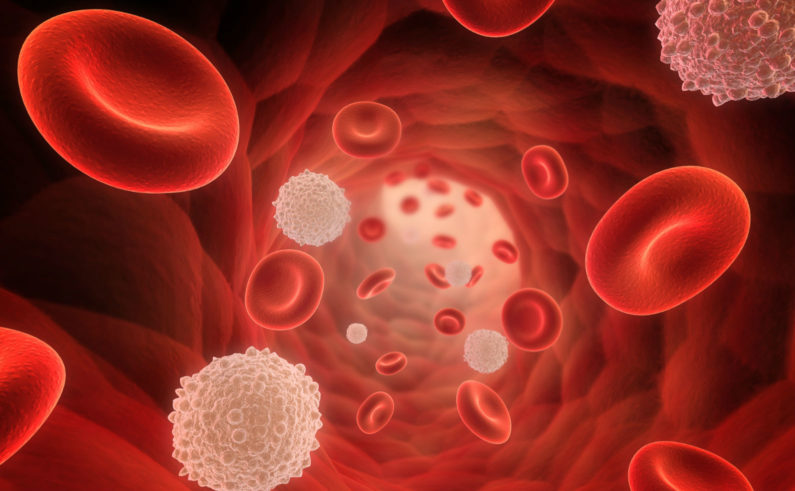1) What is cord blood?
Umbilical cord blood is the blood collected from the umbilical cord immediately following the birth of a child. This blood provided nourishment for the baby during pregnancy, but once the baby is delivered, umbilical cord blood is no longer necessary. Learn More
2) What are stem cells?
Until recently, it was assumed that these hematopoietic stem cells, obtained from cord blood, could only be used as building blocks for blood cells. These stem cells were thought to be useful only in treating blood diseases. If you look closely at the list of current treatments for which hematopoietic stem cells are used, all of them are diseases of the blood. Learn More
3) Why is it controversial?
There are two different types of stem cells. Embryos have “pluripotent” stem cells, which are the most basic stem cells. They are primitive (or undifferentiated) and they are the building blocks for new tissue and organs. They are clearly very useful medically. Learn More
4) What diseases are treated?
Cord blood stem cells are currently used to treat a number of different diseases. In addition, new cord blood transplant treatments are being discovered all the time. The research is going on worldwide; therefore, the field is always expanding. Cord blood banking is becoming increasingly important for the protection of your family. Below is a list of some of the diseases where cord blood stem cells may be used for treatment. Learn More
5) Cord blood resources?
Information about Cord Blood can be found in on several websites Learn More
6) What is its potential?
The future uses of cord blood are not completely known. There is a lot of promising research being conducted, but the confirmed treatments using cord blood are here. Any cord blood bank that claims to understand fully the future uses of stem cells is not being honest. Learn More
7) What is the liklihood we will need it?
There is no consensus among experts in the field of cord blood stem cell research as to the probability that your child will need the cord blood stem cells. Cord blood websites show that the probability of your child needing his of her stem cells may range from 1 in a 1000 to 1 in 2. Learn More
8) Will my doctor know how to collect it?
Immediately after the baby’s birth, a physician or nurse will collect one bag of umbilical cord blood, which is approximately 100 ml. or 5 oz. The cord blood will be collected after the umbilical cord has been cut and either before or after the placenta has been delivered. Therefore, there is absolutely no risk to you or your baby. Learn More
9) Potential future Uses?
Cord blood research is an extensive field that holds a great deal of promise for the future. Cord blood stems cells may be used to treat many different types of disease, some of them relatively common. Learn More
10) Cord blood quiz
Test your cord blood banking knowledge. See how much you know about cord blood and how it can help you. Take the Quiz

